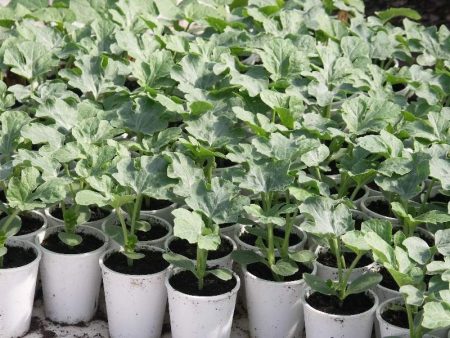
How to grow watermelons in areas of risky farming, to which 80% of the territories in Russia belong? Here you should be guided by the recommendations of breeders and choose certain dates for planting. So, the months for working with seeds have long been determined by the agricultural experience of mankind, and the days, as a rule, are determined in accordance with the movement of the moon in the sky.
Content
Lunar calendar 2018: the timing of planting watermelons

Planting seeds according to the lunar calendar is carried out not only on favorable, but also neutral days. The main thing here is to choose a variety that matches the growing region and properly care for it.
The days when the moon is waning are considered favorable. Astrologers believe the best period for planting the days after the formation of the full moon. In 2018, the following dates are defined by such dates:
- March 19, 20, 21, 22, 23, 24, 27, 28;
- April 5, 6, 7, 8, 9, 20, 21, 22, 23, 24;
- May 4, 5, 6, 7, 8, 9, 19, 20, 21, 22, 23.
The lunar calendar 2018 also highlights those days when it is strictly forbidden to plant watermelons. Work with seeds at this time is fraught with late germination or its complete absence, as well as a lag in plant development compared to breeding standards. Adverse dates:
- in March 1, 2, 3, 16, 30;
- in April 15, 16, 17, 29, 30;
- in May 14, 15, 16, 20, 29, 30.

Watermelons cannot be planted on the indicated dates, but seeds can be prepared for planting. Such preparation just takes several days. On dates unfavorable on the lunar calendar, you can choose healthy watermelon seeds, dry them under a lamp, and then disinfect. Wrap in a moist, natural fabric for germination.
To calculate the time for planting germinated seeds, you should clearly understand in which year the crop was collected, the seeds of which you hold in your hands.
Seeds of a year ago can hatch already on the fourth day, but you should not expect a stunning crop from them. At best, it will be luxurious greenery and a couple of medium-sized fruits.
For a good harvest, breeders advise using seeds 4-5 years old. In this case, the first sprouts hatch by 10-14 days.
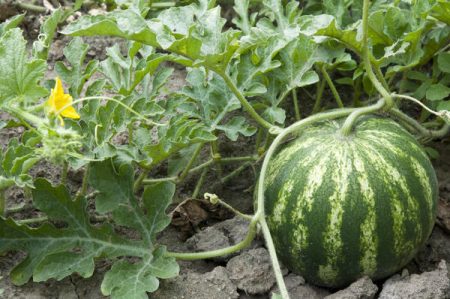
Ural, Siberia, Moscow Region: terms for planting watermelons
Different territories of Russia have features for growing watermelons. The timing of planting seeds and transferring seedlings to a greenhouse or open ground may vary.
Moscow region
The weather conditions of the lands of the Moscow region are quite suitable for growing watermelons. Despite the fact that summer is not the hottest and longest, a decent harvest of a large berry is not difficult to achieve.
Here, zoned early ripening and early varieties of southern sweets quickly take root and bear fruit. Any method of plant placement - in a greenhouse or in an open garden bed - requires preliminary seedling cultivation in gentle home conditions.
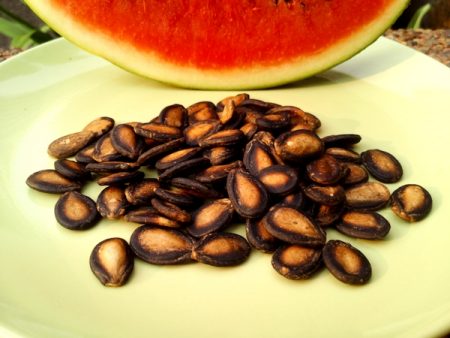
Seeds are soaked in the last decade of March. Sprouts at a favorable temperature and high humidity will hatch after 10-14 days. After a few days, they can be transplanted into separate containers.
Watermelon is a rather capricious culture, and when transplanted it slows down growth, it may not take root at all. Therefore, it is advisable to plant the seedlings in a container as early as possible, which will maximize the integrity of the plant during subsequent planting in a greenhouse or soil. Such a capacity can be, for example, a peat cup.
Home seedlings are ready for planting in the soil a month after germination. As a rule, on bags with seeds, the manufacturer recommends a transplant after 25-30 days. As practice confirms, the plant during this period feels great when transferred to a greenhouse or greenhouse. But in open beds, 3-week seedlings are better taken root.
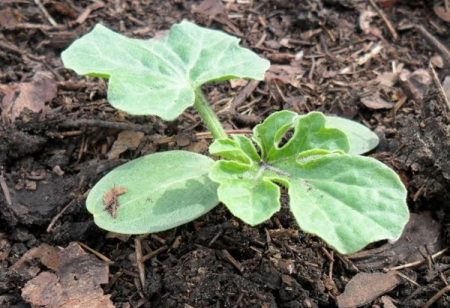
Thus, seedlings in the Moscow Region are planted in open ground in mid-May, and in the greenhouse at the beginning of this month. If the temperature drops below 12 degrees, the seedlings are left at home and tempered to stop their growth. With increasing temperature, the greens are transferred to the garden and, without violating the integrity of the peat cup, they plant a sprout in it in a permanent place.
Ural
Summer in the Urals shows more meager temperature and overall duration than in the Moscow region. That is why the planting dates for watermelons are shifted about a week later relative to the Moscow region.
From March 30 to April 10 - the time when watermelon seeds are selected, dried, disinfected and soaked for germination.
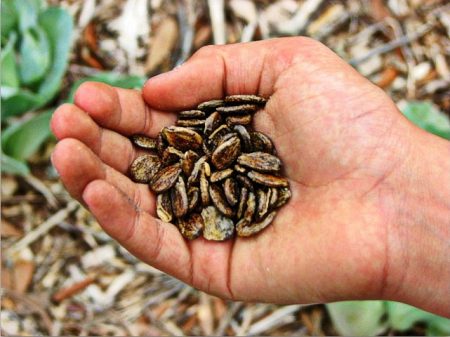
Ural regionalized varieties, which will subsequently be planted in open ground, are sent to containers from 10 to 20 of the second month of spring. The next week is intended for planting sprouts intended for greenhouses and greenhouses. Green shoots should gain strength on the windowsills that go to the southeast, south or southwest side.
With sufficient watering and natural light, the seedlings will be ready for transfer to open ground, starting from the third decade of May and ending with the first decade of June. In the second decade of May, those seeds that were planted on April 5-12 will go to the greenhouse.
Siberia
For growing in Siberia, early and ultra-ripe varieties of watermelons are suitable. The vegetative period of plants should be in the range of 60-90 days. Such a short gap is due to the fact that frost can come in Siberian courtyards in August, and there should not be watermelons in the beds.
Summer comes to Siberia later than the Central regions of Russia, work with seeds also shifts in time. If watermelons are planted here on the same dates as in the suburbs, the sprouts will stretch unnecessarily and produce an antennae. Unwinding them, uncoupling from each other and surrounding objects - an occupation is not the most grateful.
Producers of zoned varieties allow the planting of seeds directly into the greenhouse, but the emergence of seedlings will take a long time. Accordingly, watermelons will ripen much later.
Usually mistresses start to deal with seeds in the second decade of April. Sprouted seeds intended for open ground are planted in containers in the second decade of this month, greenhouse seeds from the 7th to the 15th. Seedlings are planted in greenhouses in the second or third decade of May, and open land is ready for growing watermelon crops only in June.
The reason for this late transfer of seedlings is that Siberian soils warm up no earlier than the beginning of summer. Even at this time, frost is not excluded, so gardeners should constantly monitor the temperature regime and, if necessary, cover the watermelons with a film.
In general, the terms of work with seedlings in the considered regions are as follows:
| Moscow region | Ural | Siberia | |
| Seed soaking | March 20-31 | March 30 - April 10 | April 10-20 |
| Planting sprouted seeds on seedlings for open ground | April 5-15 | April 10-20 | April 20-30 |
| Planting sprouted seeds on seedlings for greenhouses | April 1-10 | April 5-12 | April 7-15 |
| Transfer of seedlings to the open ground | May 10-20 | May 20 - June 10 | June 1-30 |
| Transfer of seedlings to the greenhouse | May 1-10 | May 5-15 | May 10-20 |
Conclusion
Growing watermelons in regions of risky farming is possible and successfully applied. The yield of some varieties bred specifically for territories such as the Moscow Region, the Urals and Siberia is impressive in size. She proves that with a reasonable choice of seeds, meeting the planting dates and proper care, residents of these territories can treat themselves not only with juicy watermelons brought from the south, but also with fruits grown in their own garden.

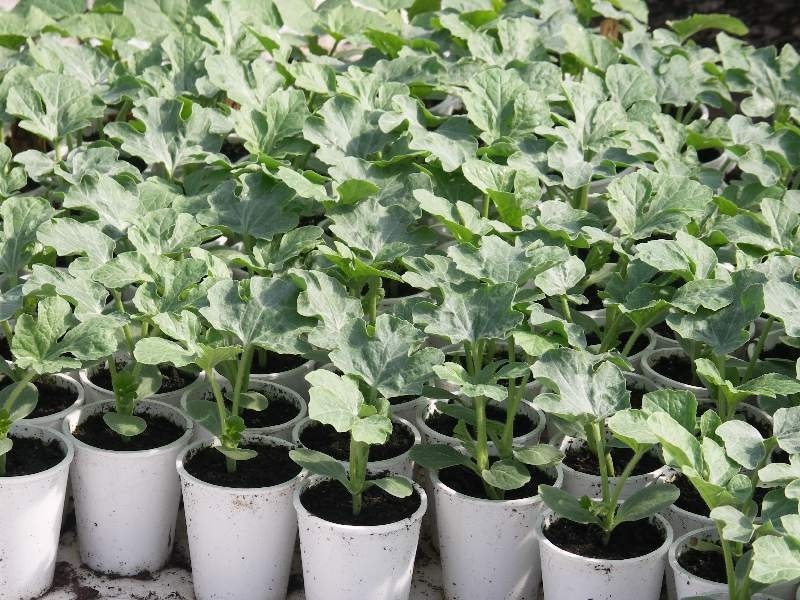
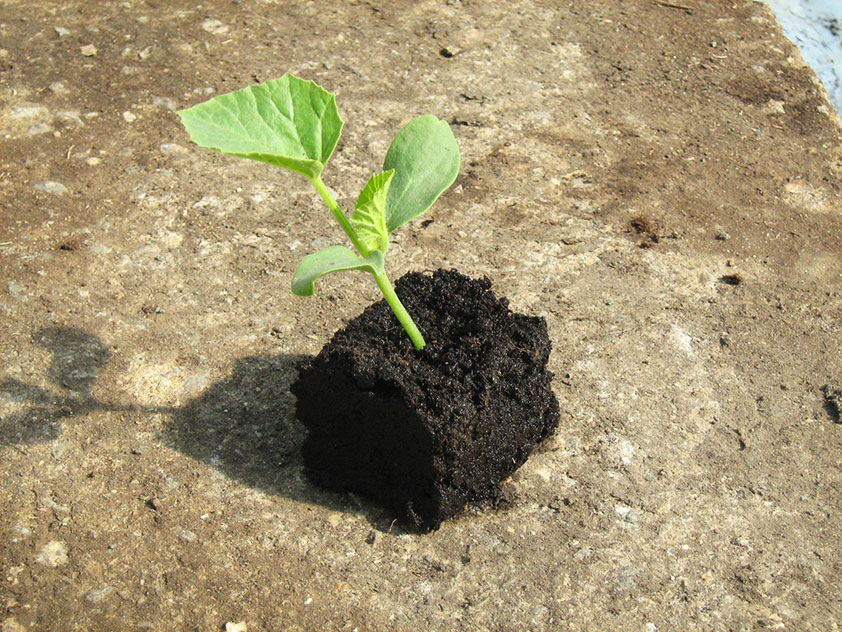
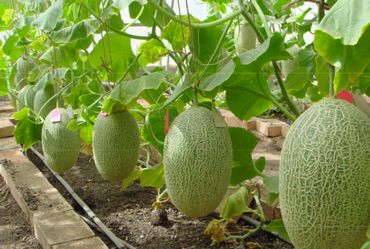
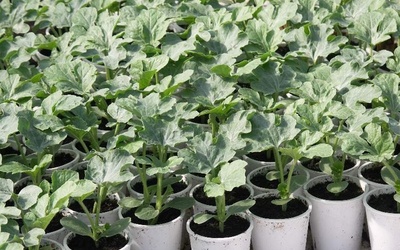 The timing of planting watermelons for seedlings in 2016
The timing of planting watermelons for seedlings in 2016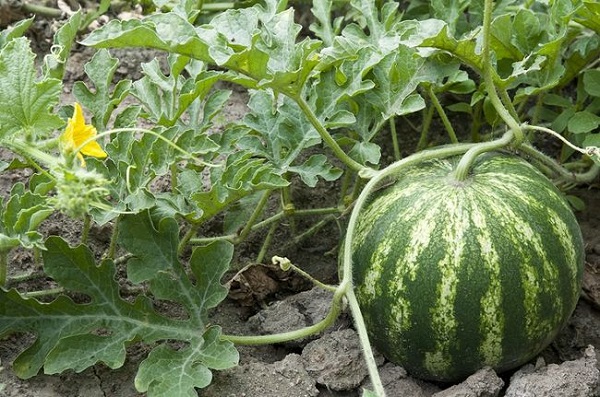 When to plant watermelons for seedlings in 2017 according to the lunar calendar
When to plant watermelons for seedlings in 2017 according to the lunar calendar How to grow watermelons in the suburbs
How to grow watermelons in the suburbs